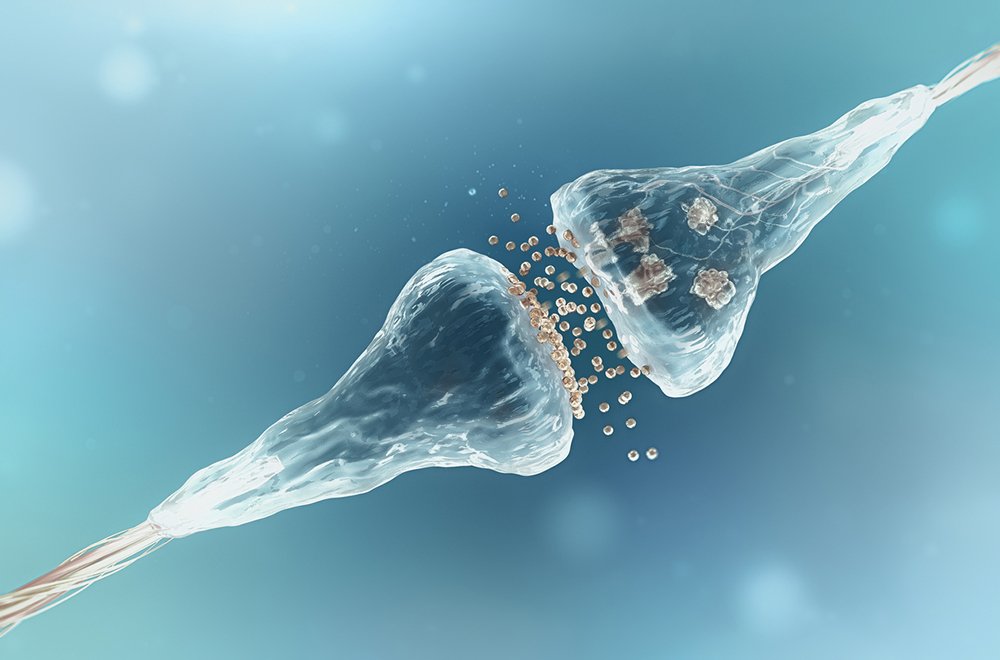Conversion of brain cells offers hope for Parkinson’s patients

Researchers at Karolinska Institutet have made significant progress in the search for new treatments for Parkinson’s disease. By manipulating the gene expression of non-neuronal cells in the brain, they were able to produce new dopamine neurons. The study, performed on mice and human cells, is published in the prestigious scientific journal Nature Biotechnology.

By reprogramming cells in the brain the scientists were able to revert motor symptoms in a mouse model of Parkinson’s disease and reproduce the cellular function and responses in human brain cells in the laboratory. The key to this discovery lies in the conversion of brain cells into a subset of nerve cells called dopamine neurons.
Dopamine neurons degenerate and die in the brains of people suffering from Parkinson’s disease. The research team showed that they can convert non-neuronal so called glial cells in the brains of mice into new dopamine neurons, in essence, creating new neurons.
The glial cells used in the study were astrocytes, named for their star-shape, which are highly abundant in the brains of mice and humans. Using a variety of different transcription factors – proteins that can alter the gene expression – the researchers changed astrocytes in a mouse model of Parkinson’s disease into functioning dopamine neurons. This resulted in measurable markers of dopamine signaling in the mouse brain as well as a significant reduction in the symptoms of the disease.
The team also performed experiments on human astrocytes in the laboratory which they were able to convert into functional dopamine neurons, raising the possibility for treatment of patients suffering from Parkinson’s disease.
An alternative to cell therapy
Cell replacement therapies for neurodegenerative disease have focused on transplantation of the cell types affected by the pathological process.
“We think that in the future, it may be possible to deliver genes and small molecules, rather than cells, to replace the dopamine neurons lost in Parkinson’s disease” says Professor Ernest Arenas at Karolinska Institutet’s Department of medical biochemistry and biophysics.
He has conducted the study in close collaboration with Pia Rivetti di Val Cervo at the same department and Professors Gilberto Fisone and Tibor Harkany at Karolinska Institutet’s Department of neuroscience, among others.
The study was supported by grants from the Swedish Research Council, Swedish Foundation for Strategic Research, EU, StratRegen, Hjärnfonden, Cancerfonden, StratNeuro, Parkinsonfonden, Novo Nordisk Foundation, the European Research Council and EMBO, among others.
Publication
Induction of functional dopamine neurons from human astrocytes in vitro and mouse astrocytes in a Parkinson’s disease model
Pia Rivetti di Val Cervo, Roman A Romanov, Giada Spigolon, Débora Masini, Elisa Martín-Montañez, Enrique M Toledo, Gioele La Manno, Michael Feyder, Christian Pifl, Yi-Han Ng, Sara Padrell Sánchez, Sten Linnarsson, Marius Wernig, Tibor Harkany, Gilberto Fisone & Ernest Arenas
Nature Biotechnology, online 10 April 2017, doi: 10.1038/nbt.3835
